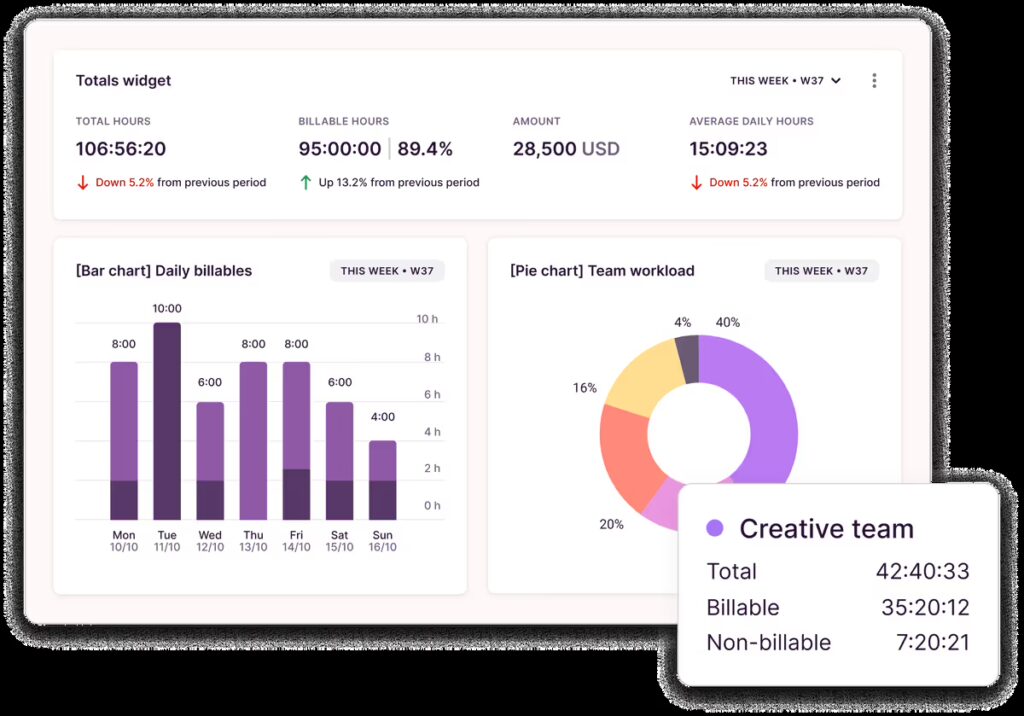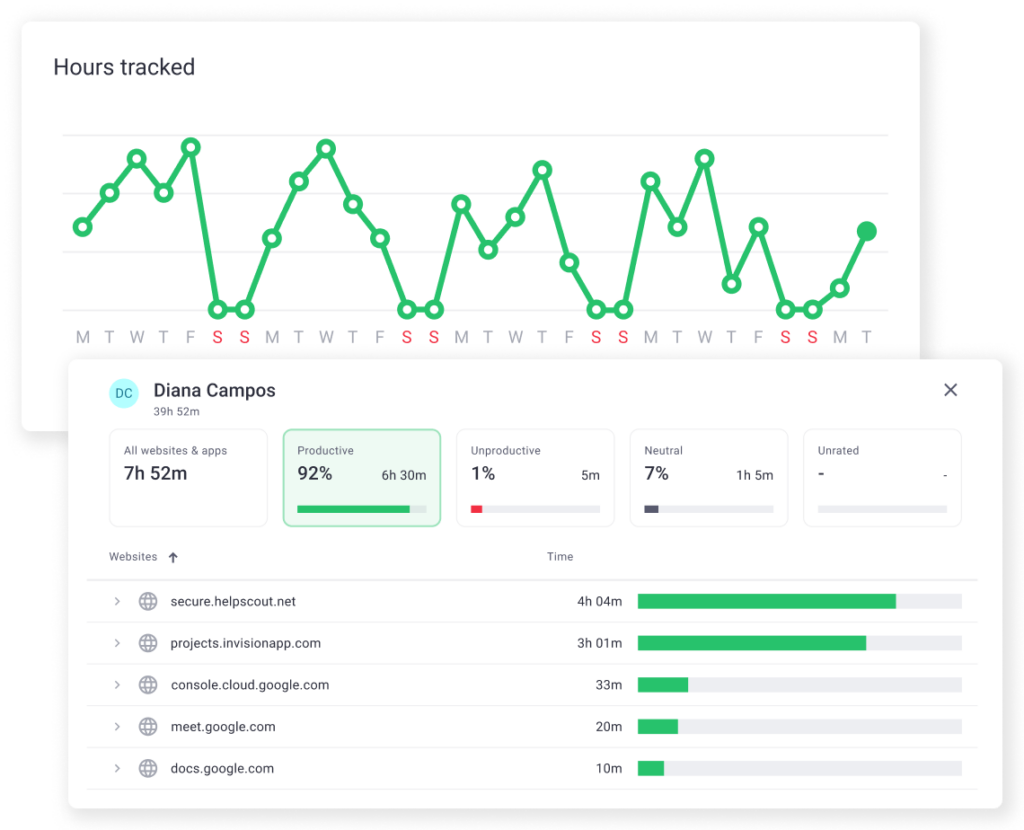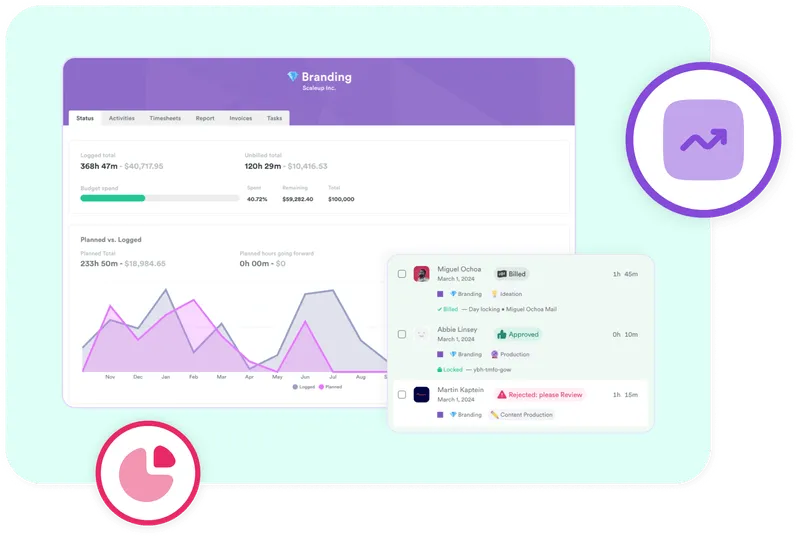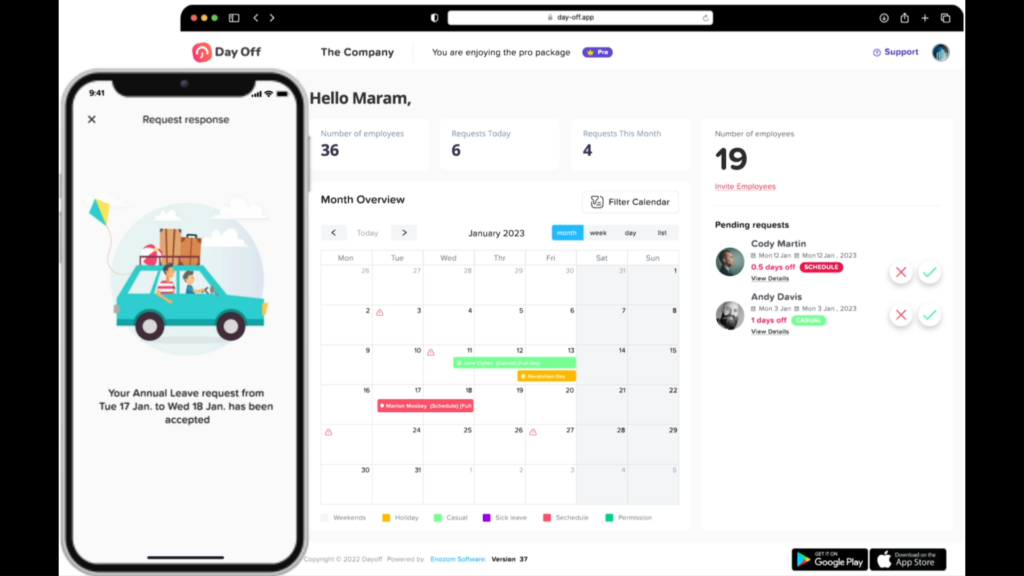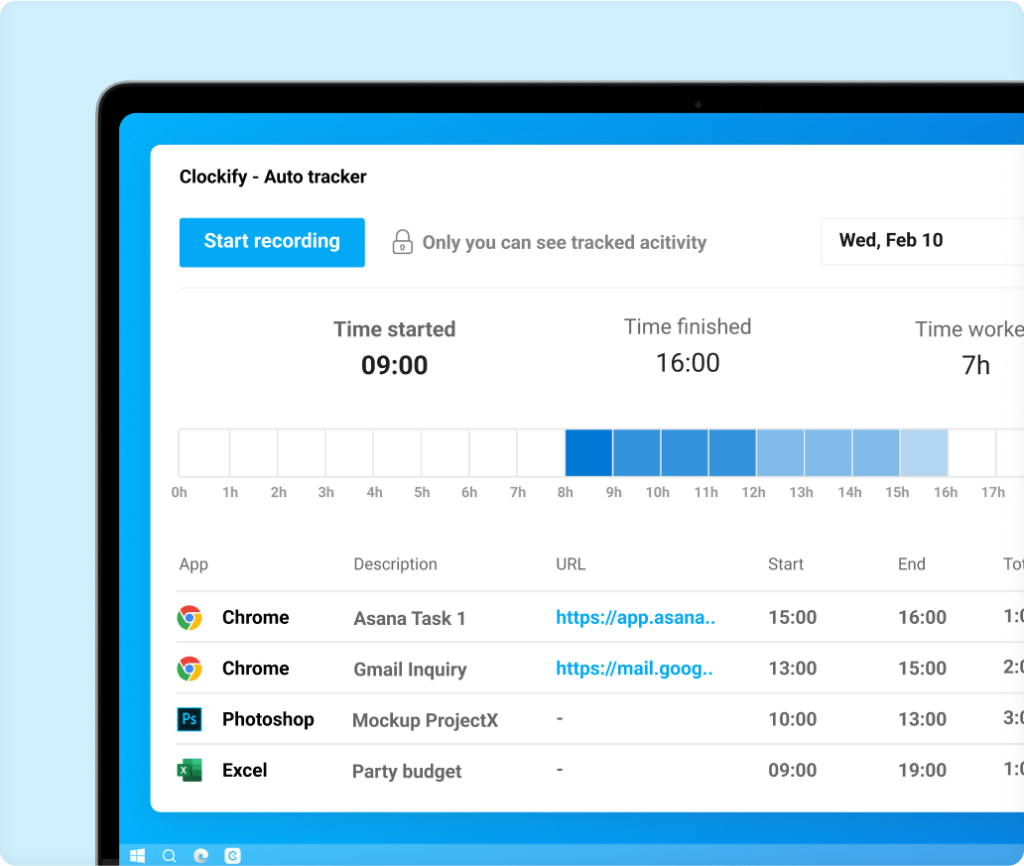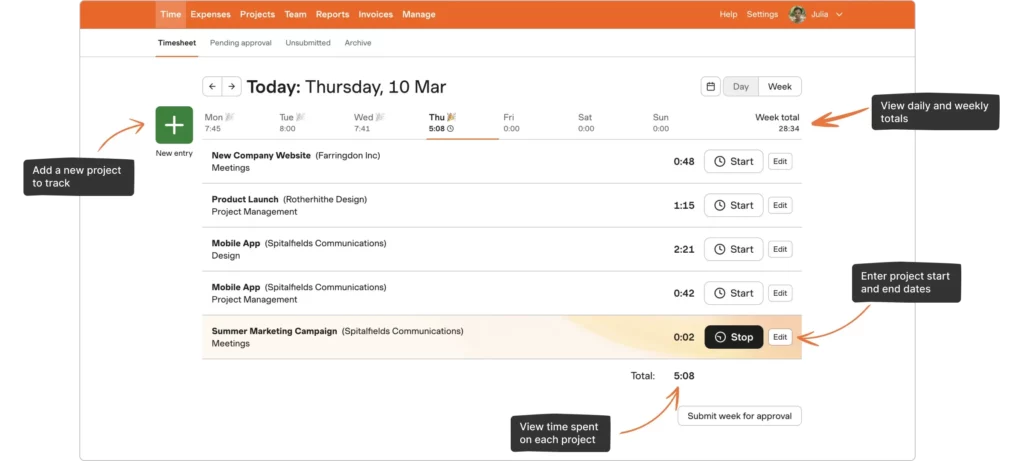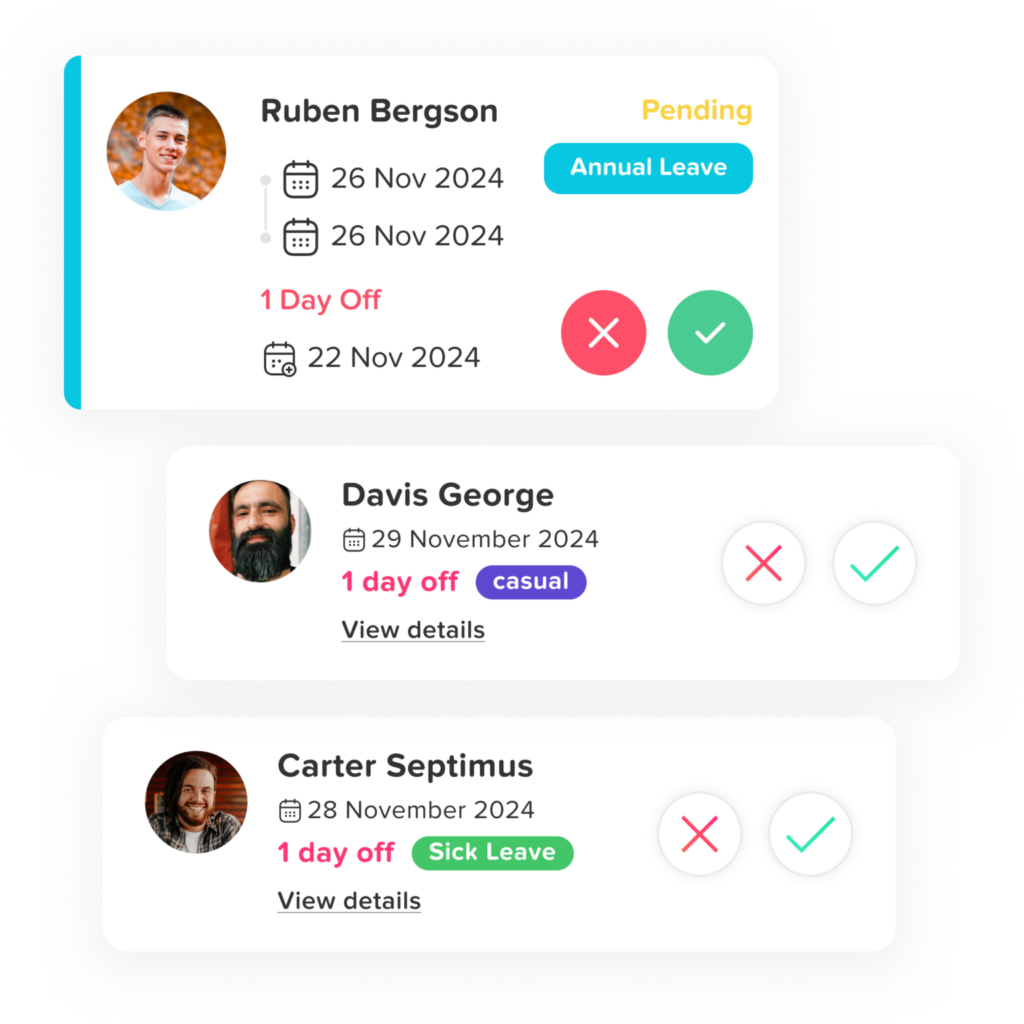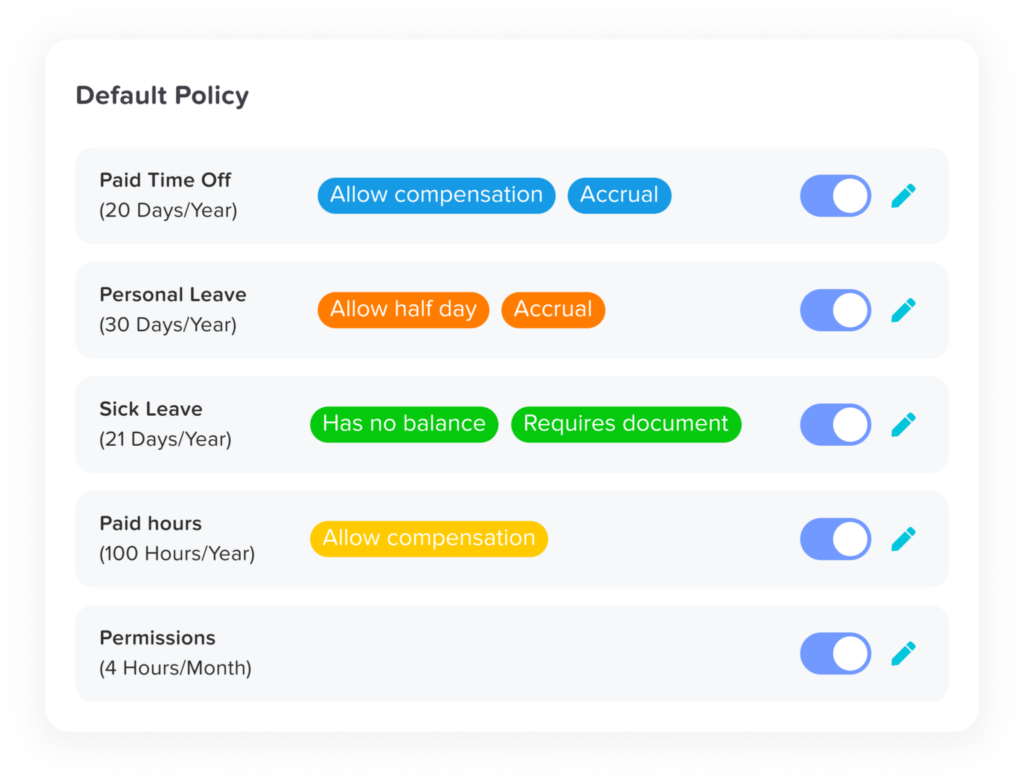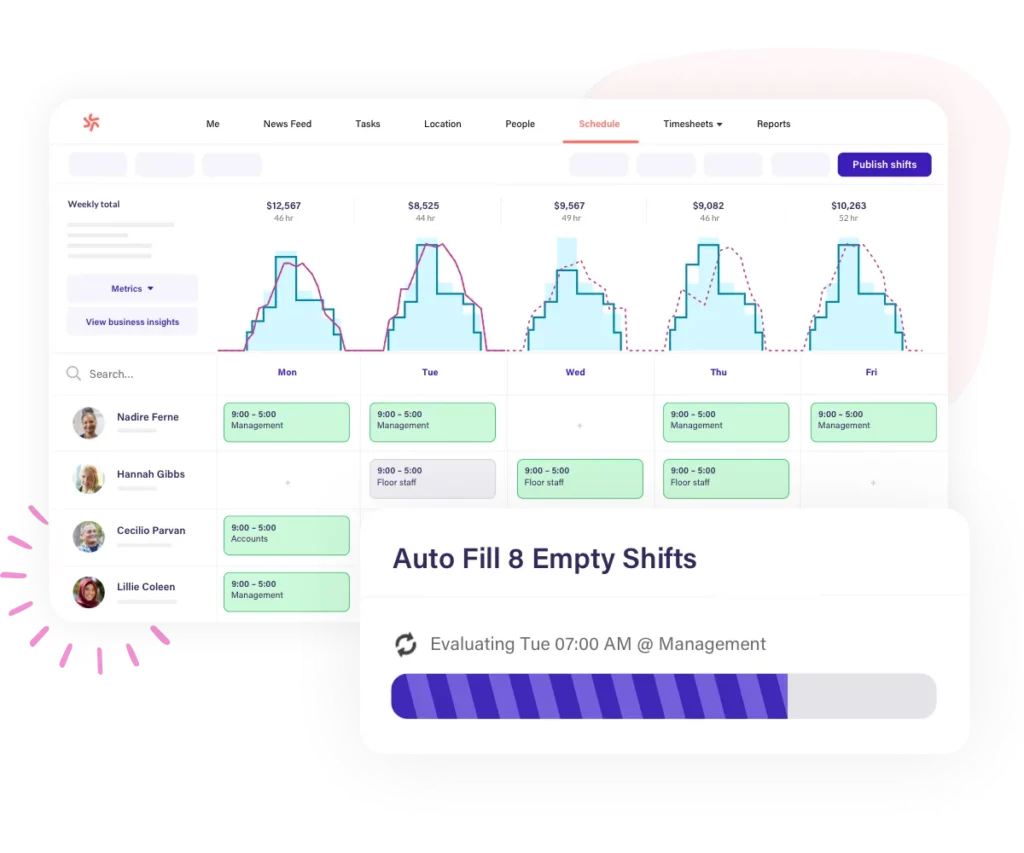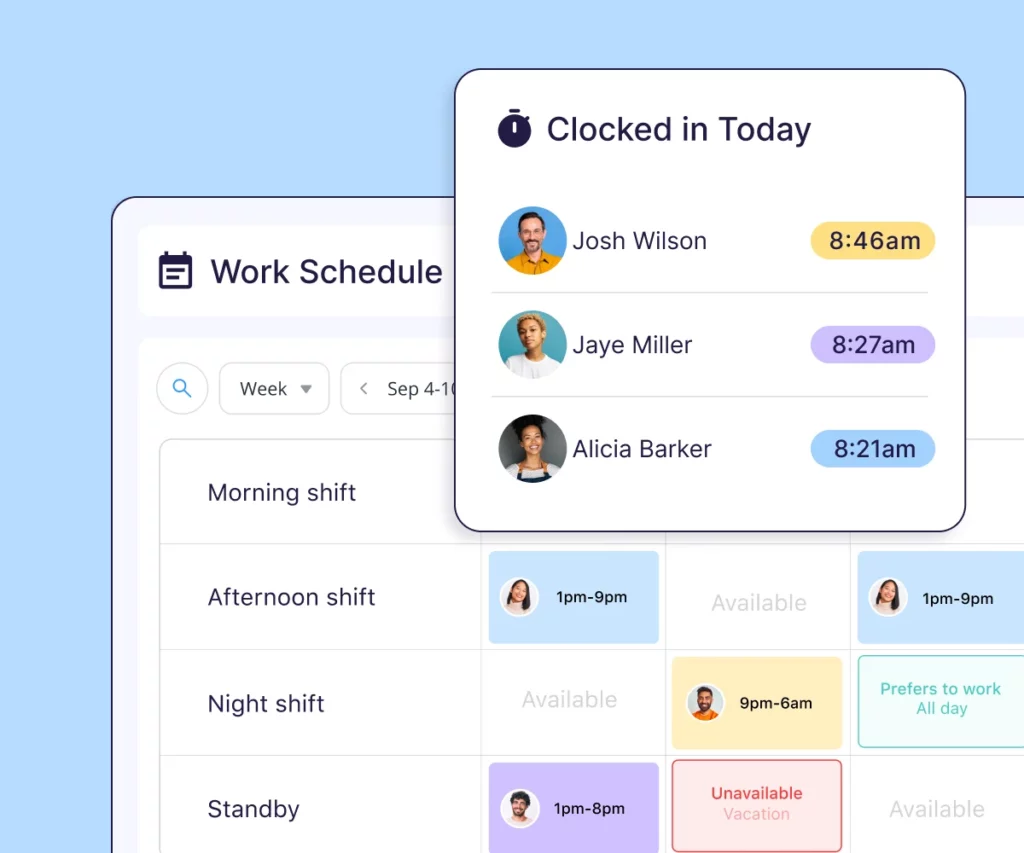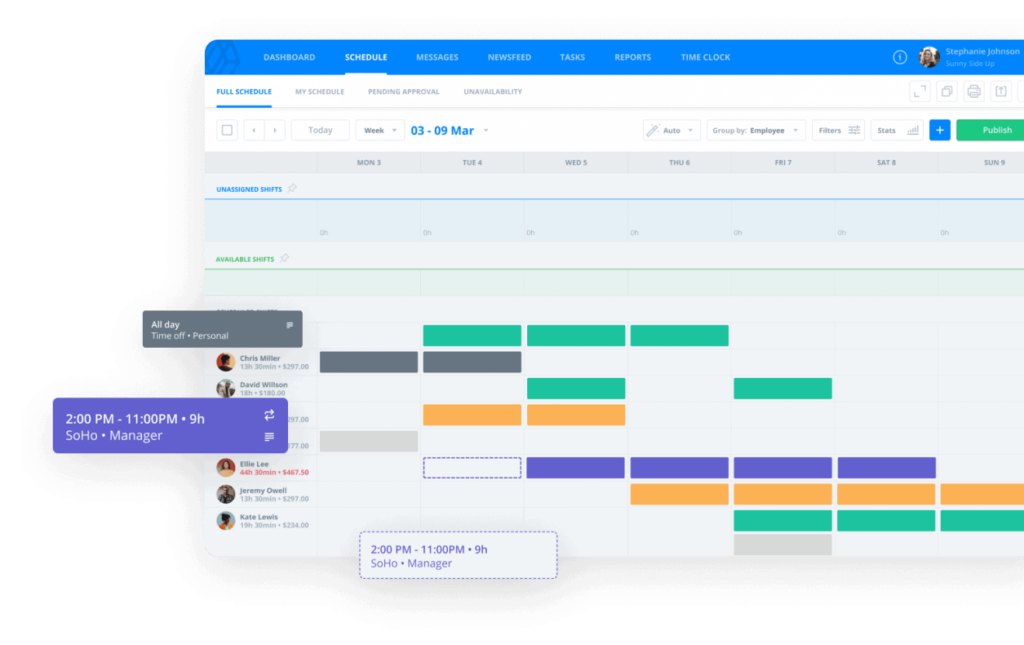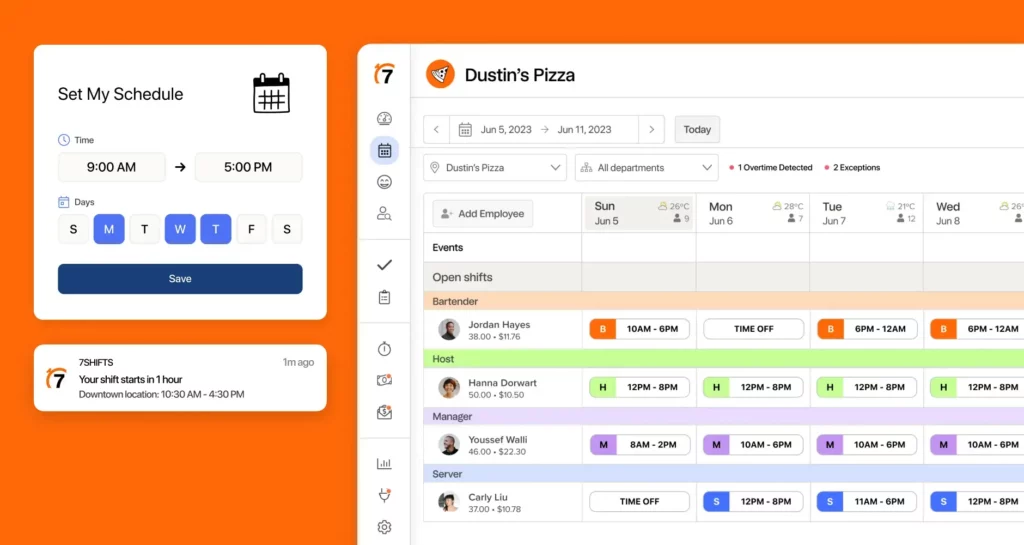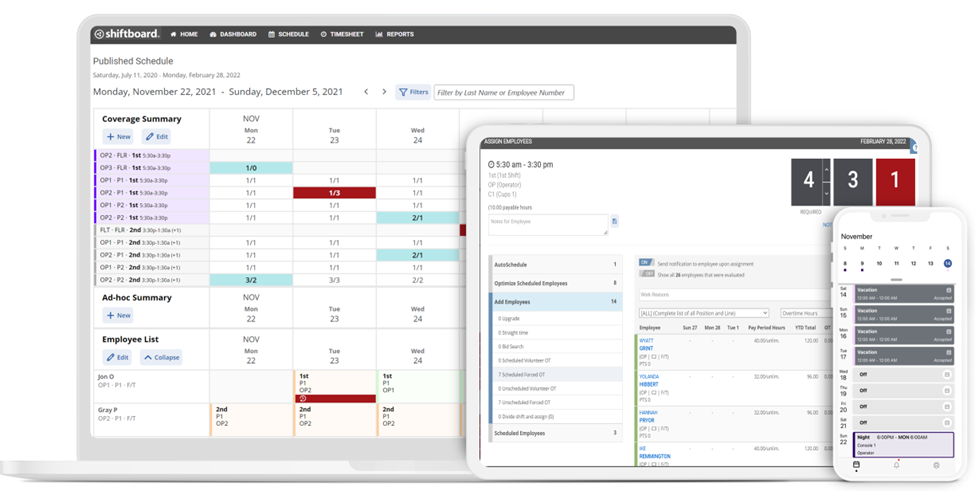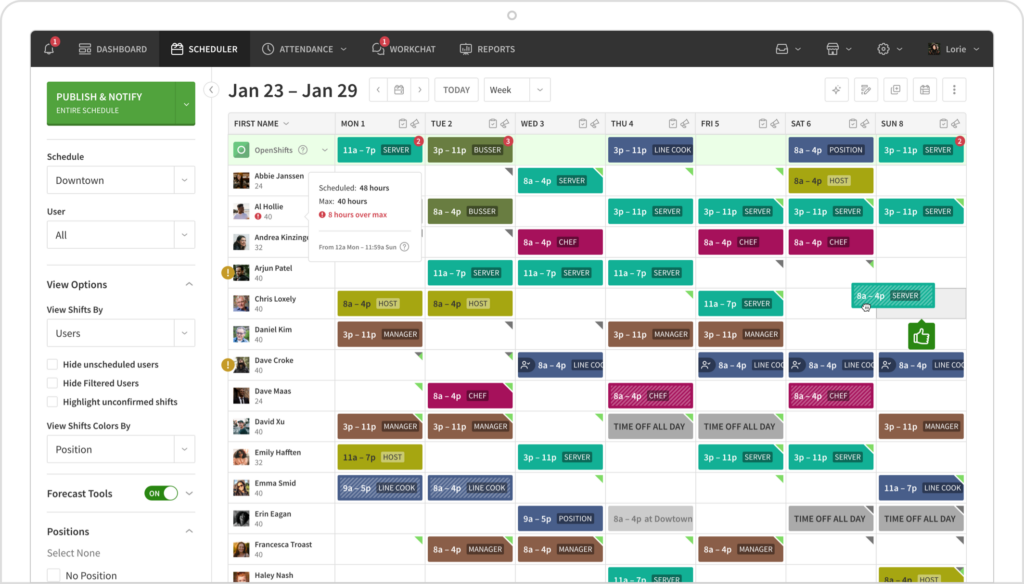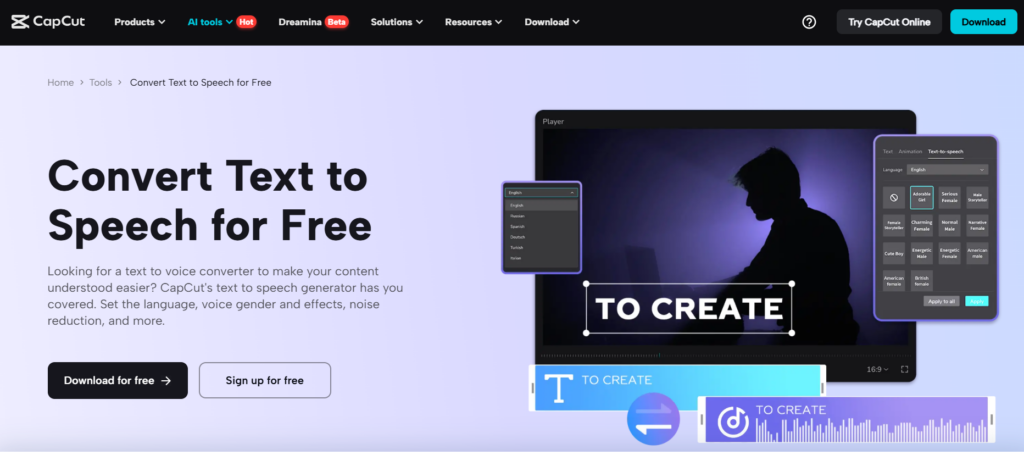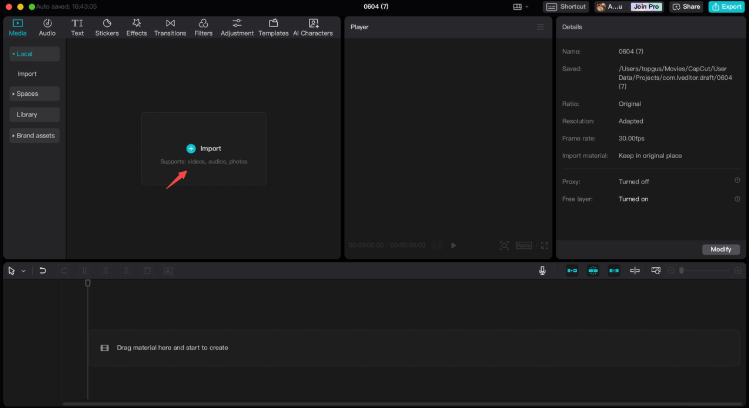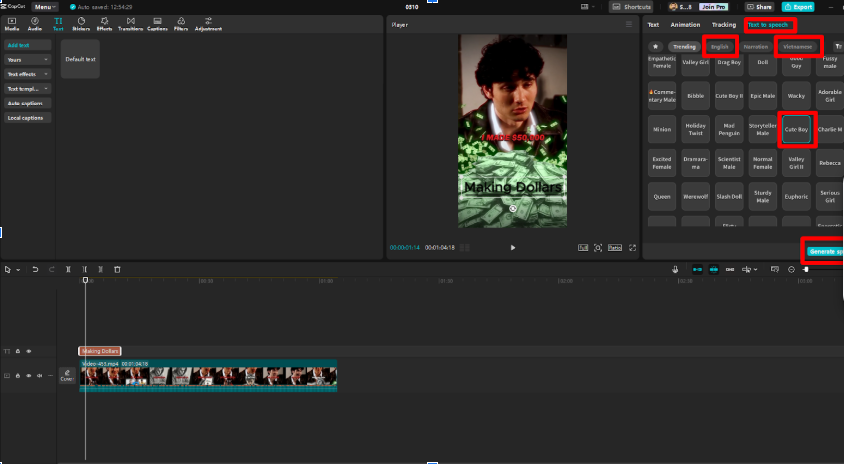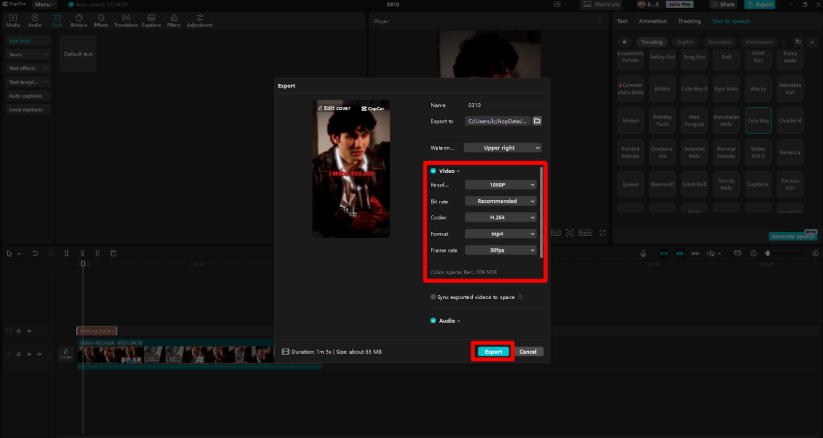Today, people strive to have time for both work and relaxation more than ever before. Workers face challenges in their efforts to separate work from personal life due to heavier workloads, need for constant availability at work, and the rise of remote working. It is the duty of HR managers to ensure that there is fairness and a good healthy work-life balance among staff under your watch.
Understanding the Importance of Work-Life Balance
Firstly, we need to know the reason why work-life balance is highly valued, prior to discussing particular tactics. Work-life balance is beneficial as it makes workers have low stress levels and high job satisfaction, leading to increased productivity and reduced cases of burnout. If workers can leave work behind and concentrate on their personal lives, they come back refreshed and with better concentration on their duties. Employee retention highly depends on work-life balance; therefore, there are some things which HR managers must do first in order to promote a supportive environment.
Encouraging Flexible Work Hours
Giving employees the chance to work at times that suit them best could be a good approach towards making sure they have a balanced life and work. As remote and hybrid working become more popular, workers demand greater freedom concerning the specifics of their daily work. Work flexibility enables individuals to handle their job duties and other important family activities like taking care of children, attending school meetings, or visiting doctors when they arise without stress.
HR managers need to work together with team leaders in order to introduce adjustable timings that enable workers to commence and finish their duties as per their preferences. Such adaptability may ease tension and assist in sustaining a better integration of work and family life for employees.
Encouraging Boundaries with Technology
The line between job and leisure is not so clear nowadays because of digital technology. Workers find it hard to stop working after office hours due to the numerous emails, texts and alerts they receive. Human resource managers could help a lot by making sure that it is understood when employees are supposed to be available for work related issues only.
For example, HR managers may motivate workers to reduce work-related calls after official hours, unless it is an emergency case. Providing training on how to use “Do Not Disturb” modes on devices or even how to lock certain apps on their phones can help employees maintain their boundaries, and Moonlock guide provides all the necessary steps to implement these features effectively. For instance, workers may choose to lock certain applications such as email and Slack after work hours so that they can be completely separated from their job.
Additionally, it might be beneficial to establish clear policies on response times and expectations for urgent issues. By respecting these boundaries, employees can enjoy a more consistent and healthy work-life balance.
Promoting PTO and Leave Management
PTO is crucial for complete rest and revival of workers. HR managers must make sure that workers know the significance of going on leave and also push them towards utilizing their PTO in such cases. However, there are those workers who lack confidence in their ability to allocate their holiday time properly, some of whom may also experience guilt due to this.
A simple leave management program can enable workers to easily know how many leave days they have left and also allow them to make their leave day plans without hassle. HR managers should emphasize that taking regular breaks is a key part of maintaining a healthy work-life balance and preventing burnout. Moreover, if employees know well what they are entitled to in terms of leave and other related advantages, then this will push them to take a break confidently when necessary.
Offering Mental Health and Wellness Programs
Mental health is crucial for a healthy life. As a human resource manager, you need to provide facilities and plans aimed at promoting good psychological conditions among staff members. Some examples are counseling services, employee assistance programs (EAPs), or even just mindfulness initiatives.
Many organizations are also incorporating wellness programs, which may offer everything from gym memberships to meditation apps. Creating a culture that encourages mental wellness shows employees that their health is valued, not just their work output. For instance, HR can provide employees with resources to manage stress or guide them on how to practice mindfulness in the workplace. These tools contribute significantly to a healthier work-life balance.
Promoting a Supportive Company Culture
Culture in an organization greatly affects how employees define work-life balance. HR managers should foster a culture of trust, empathy, and respect. Supported workers will probably be inclined towards attending personal issues openly and without feeling that they may be mistreated or punished for it.
A strong company culture that values work-life balance will encourage employees to take the necessary time to recharge without guilt. To determine if workers think that they can sustain an appropriate standard of living, and they are provided with enough freedom at work for this purpose, human resource managers may employ various techniques such as continuous monitoring, questionnaires, and open lines of communication.
Training for Managers and Leaders
Human resource managers have a duty to train supervisors and team leaders on helping employees balance work with their personal lives. The managers should know that supporting employees’ work-life balance is more than giving them room for changing timetables; it also entails being able to identify exhaustion symptoms as well as availing necessary tools for a good performance of the workers.
Managers can improve their support for employees by attending courses on time allocation, conflict resolution, and stress control. Training managers to take leave as well as put limits on themselves may strengthen team level of work-life balance.
FAQ: Work-Life Balance for HR Managers
What does work-life balance really mean?
Work-life balance is about finding a healthy rhythm between professional responsibilities and personal life. It’s not about working less, it’s about working smarter and setting boundaries so employees can rest, recharge, and return to work focused and motivated. True balance allows people to meet both their career goals and personal needs without feeling constant pressure or guilt.
Why is work-life balance important for organizations?
A healthy balance directly impacts productivity, retention, and morale. Employees who can disconnect and recharge experience lower stress, fewer health issues, and higher engagement. From an organizational perspective, promoting balance reduces turnover costs, strengthens your employer brand, and creates a happier, more resilient workforce.
How can HR managers promote better work-life balance?
HR managers can lead by example and implement policies that make balance possible, not just talk about it. This includes flexible work arrangements, clear boundaries on after-hours communication, and regular reminders to take paid time off. Encouraging open dialogue about stress, offering wellness programs, and celebrating balance-friendly managers can also shift company culture in the right direction.
What role does technology play in work-life balance?
Technology can be both a blessing and a curse. It enables remote work and flexibility, but it can also blur boundaries if left unmanaged. HR should help employees use technology wisely, for instance, turning off work notifications after hours or scheduling “no-meeting” blocks to focus deeply. By setting digital boundaries, teams can harness technology for efficiency without letting it invade personal time.
How can HR support mental health in the workplace?
HR can make mental health a visible priority by offering confidential counseling, Employee Assistance Programs (EAPs), stress management workshops, and access to mindfulness tools. More importantly, HR should foster an environment where employees feel safe discussing mental health without stigma. Training managers to recognize early signs of burnout ensures employees get support before reaching a breaking point.
What are signs that employees are struggling with work-life balance?
Red flags include chronic fatigue, decreased productivity, frequent absences, irritability, or a noticeable drop in enthusiasm. Employees might also start working excessive overtime or show emotional withdrawal. HR should treat these as signals to check in with empathy and explore solutions like workload redistribution or time off encouragement.
How can HR measure the success of work-life balance initiatives?
Look beyond attendance data, track PTO usage, turnover rates, employee engagement surveys, and participation in wellness programs. Qualitative feedback from focus groups or exit interviews can also reveal whether employees feel genuinely supported. A successful initiative shows up in improved morale, stronger team performance, and consistent employee retention.
Summary
Both employers and employees must be committed in order to continuously establish a good ratio between work and leisure. In your capacity as HR managers, you can play a role in determining the nature of work for the employees under your supervision. Creating an enabling environment characterized by adaptable schedules, mental wellness, distinct digital lines, as well as favorable organizational morals will contribute towards enhancing the employees’ integration of their work and personal life.




